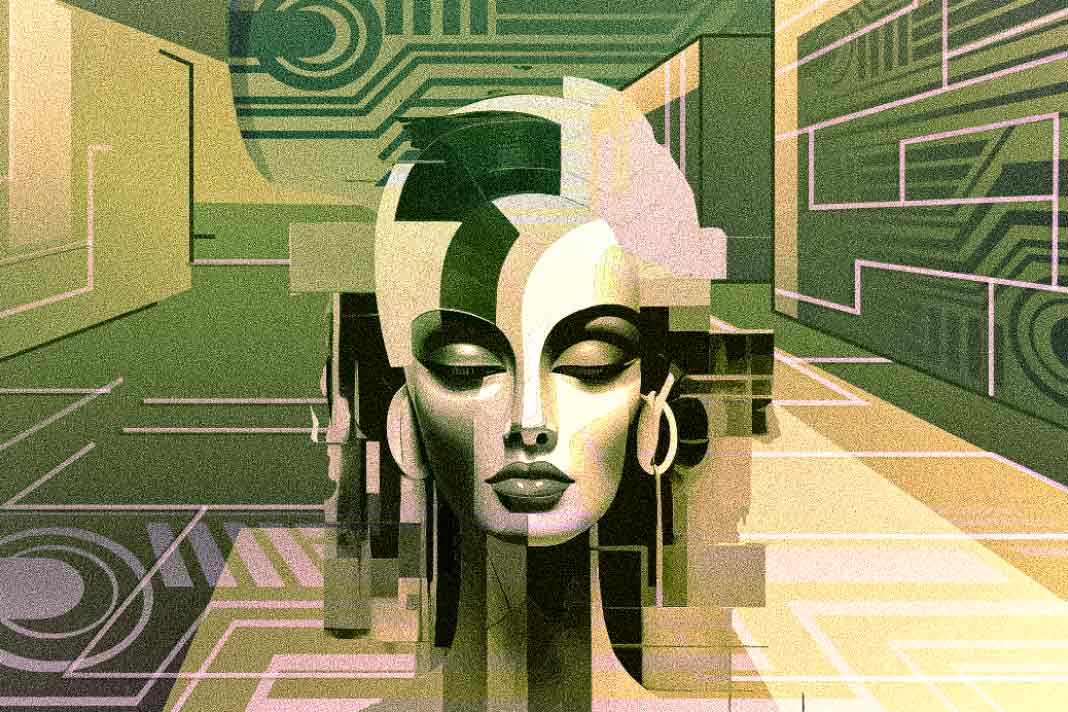AI isn’t neutral. It reflects societal biases, impacting everything from hiring to healthcare. Explore how algorithmic discrimination arises, its real-world consequences, and the fight for ethical AI.
Artificial intelligence. The very phrase conjures images of sleek, futuristic efficiency. Yet, behind the gleaming facade of algorithms and machine learning lies a disquieting truth. Very poetic? Yes? Maybe.
But when we dig deeper and deeper, we learn that AI is not neutral. It’s a mirror, reflecting and often amplifying the biases ingrained within our societies. From Western tech hubs to the burgeoning AI sector in China and the complex social landscape of India, algorithmic bias is a global challenge, impacting everything from hiring practices and loan approvals to criminal justice and healthcare. While the push for ethical AI gains momentum, the road to fairness and transparency is long and fraught with obstacles.
When algorithms get it wrong
AI bias isn’t some abstract concept; it has real-world consequences. It arises from several sources, including skewed training data, flawed algorithms, and the unconscious biases of the humans who create these systems. A facial recognition system trained primarily on images of white faces, for example, will inevitably struggle to identify individuals with darker skin tones accurately. This isn’t a hypothetical problem; it’s a documented reality that has led to wrongful arrests and accusations, disproportionately affecting communities of color. Joy Buolamwini’s work, reported in the film Coded Bias, powerfully illustrates this disparity, revealing how even commercially available facial recognition software often fails to recognize her face.
But the problem goes far beyond facial recognition. Consider the case of Amazon, which scrapped its AI-powered recruiting tool after discovering it discriminated against women. The algorithm, trained on historical hiring data that reflected existing gender imbalances in the tech industry, penalized resumes that included the word “women’s,” effectively perpetuating the very bias it was supposed to eliminate. This isn’t just a Western phenomenon. In China, AI-driven social credit systems raise concerns about government surveillance and the potential for discriminatory practices based on political views or social behavior. In India, AI systems used in loan applications or welfare programs risk perpetuating existing caste and class divisions, further marginalizing already vulnerable populations.
Also Read: What is Deepfake Speech Detection through Behavioral Profiling?
The bias problem in healthcare
The issue of bias is particularly complex in areas like healthcare. A 2019 study published in Science revealed that an algorithm widely used in the US healthcare system systematically underestimated the health needs of Black patients, limiting their access to crucial medical care. The algorithm, designed to predict healthcare costs, inadvertently used cost as a proxy for need, effectively disadvantaging Black patients who, due to systemic inequities, often have less access to healthcare and thus incur lower costs, even when their medical needs are greater. This isn’t malice; it’s a reflection of existing societal inequalities embedded within the data itself.
The challenge, then, is not simply fixing the algorithms but addressing the underlying societal biases they reflect. This requires a multi-pronged approach. First, we need better data. Datasets used to train AI models must be diverse and representative of their intended populations. This means actively seeking and including data from marginalized communities rather than relying on readily available but potentially biased sources. Second, we need greater transparency. “Black box” AI systems, where the opaque decision-making process is particularly problematic. Explainable AI (XAI) aims to make these processes more transparent, allowing us to identify and address potential biases.
Third, regulation is essential. For example, the EU’s AI Act seeks to regulate AI systems based on their risk level, with stricter rules for applications deemed “high-risk,” such as those used in healthcare or criminal justice. While such regulations are a step in the right direction, they are not a panacea. They must be carefully designed and implemented to avoid stifling innovation while protecting individual rights.
Also Read: The New AI Battleground: Why Your Fancy AI Models Won’t Save You
Finally, and perhaps most importantly, we need a shift in mindset. AI developers, policymakers, and the public alike must recognize that AI is not a neutral tool. It’s a powerful technology that can be used for good or ill, and its impact depends entirely on how it is designed and deployed. The fight for ethical AI is not just a technical challenge; it’s a social and political one. It requires a commitment to fairness, transparency, and accountability and a willingness to confront the biases at our society’s heart. The algorithmic mirror reflects us to ourselves. It’s up to us to decide what we want that reflection to show.



